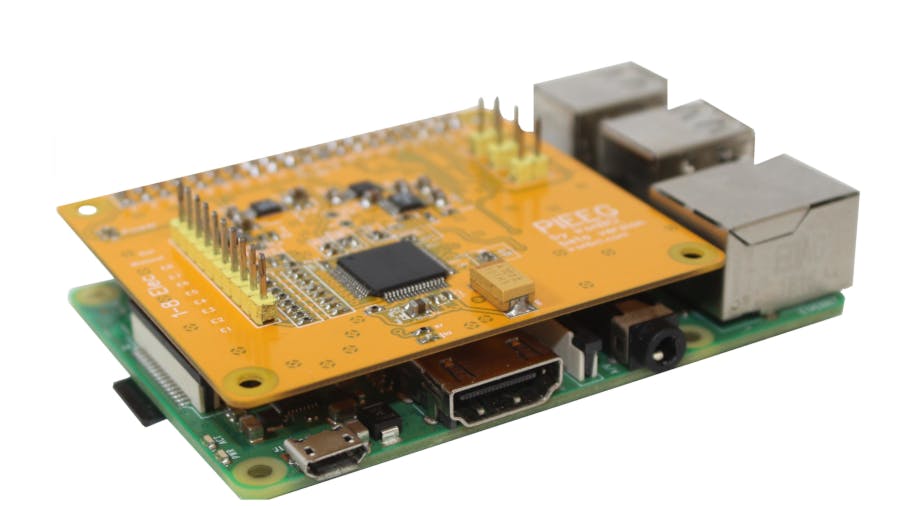
The study of the electrical waves within the brain as a check for seizure activity relating to sleep disorders, brain tumors or epilepsy, has resulted in a parallel need for affordable EEG-based consumer applications in the healthcare center.
Electronics, EEG, BCI, and neutral network Expert, Ildar Rakhmatulin and Co, have started working on a low-cost EEG device aimed at converting your Raspberry Pi 3 or Raspberry Pi 4 into a brain-computer interface (BCI). The PIEEG is an open-source device designed for reading the brain signals through the EEG signals onto a computer for processing, storage, or transmission.
According to Rakhmatulin on Github,
“the project is the result of several years of work on the development of BCI. We believe that the easiest way to get started with biosignals is to use a shield.”
The PIEEG is a board that fits the GPIO header of Raspberry Pi SBC and connects the SBC to head-worn EEG electrodes to read minute brain impulses (waves) through the scalp, amplifying them for processing, exchange, and visualization on a monitor. The device is furnished with a TCPIP protocol to allow for wireless operations in terms of data transfer from the device and comfortable movement by the user at daily usage. The project also has an onboard noise suppression system that improves the accuracy of measurements and recordings.
At setup, you need to connect the board called shield to your Raspberry Pi SBC (which must be battery-powered), followed by your electrodes. The monitor, for visualization, must also be powered by the Raspberry Pi and you should ensure complete isolation from the mains supply. You should also try to wear insulated shoes to ensure isolation with the earth and increased resistance for best reading while carrying out measurement, as non-insulated shoes will cause increased noise interference footprints. Finally, ensure you use the right pinout: 43: +5V, 44: GND, 37: MOSI, 34: MISO, 35: CLKL and 36: CS for the shield interface with the Raspberry Pi.
At the moment, noise measures of the system taken in real-time via timeflux have been made on Internal Short Circuit; Chewing Artifact; Blinking Artifact, After Chewing; and Alpha Wave Detection With Eyes Open, Eyes Closed and there is a good measurement.
The device supports software for signal reading, processing, and visualization. While C/C++ scripts are required for data reading, Python is needed for signal processing and visualization. Source code and specification on how to build the EEG device is given on Rakhmatulin’s Github repository if you would like to work on a similar project.





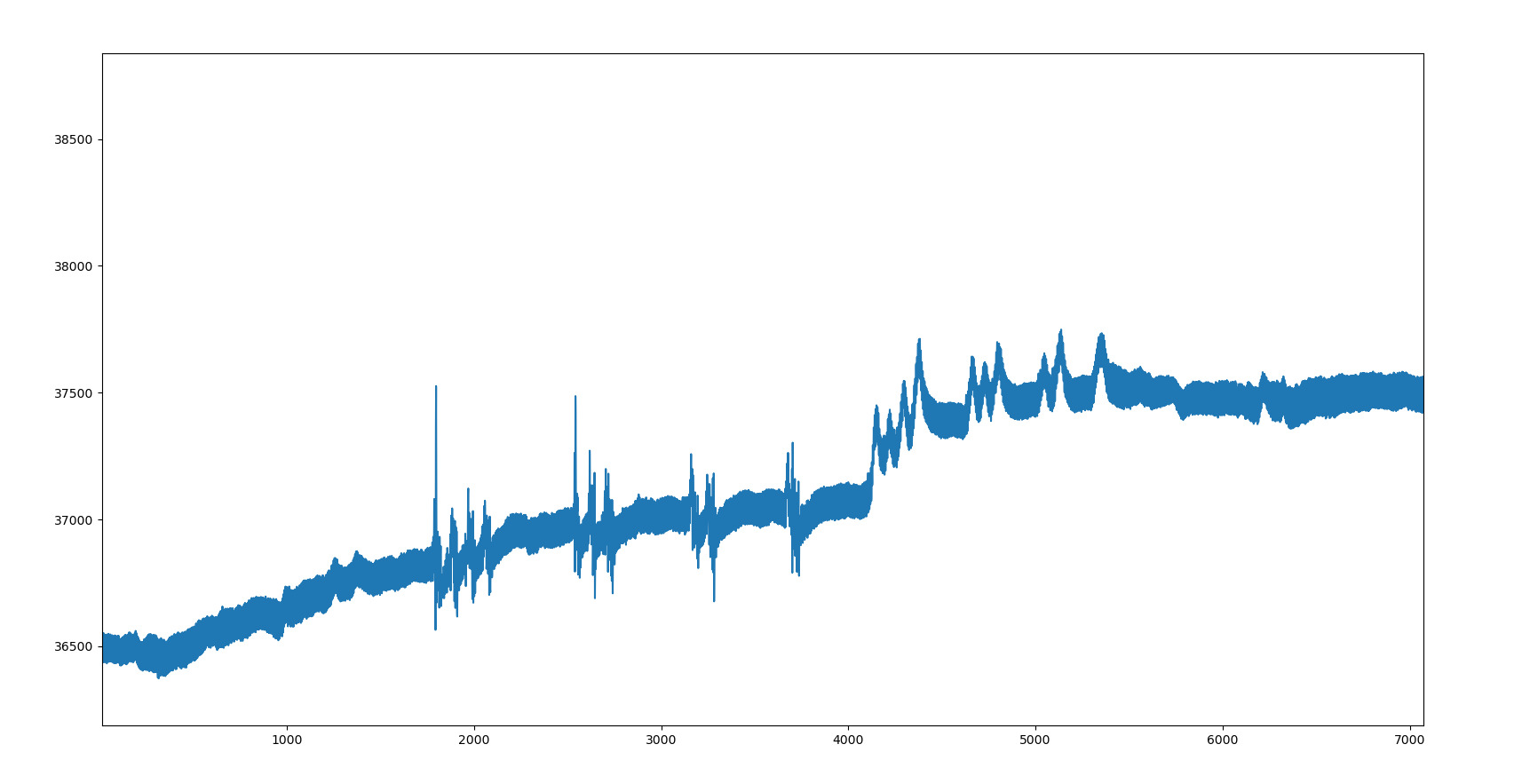
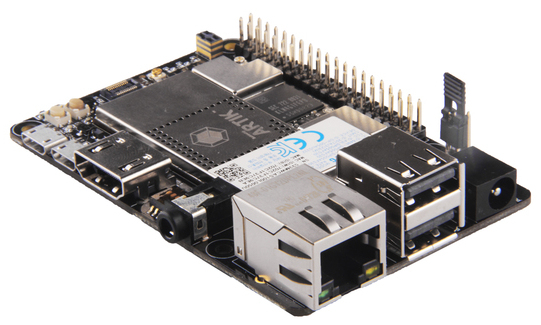
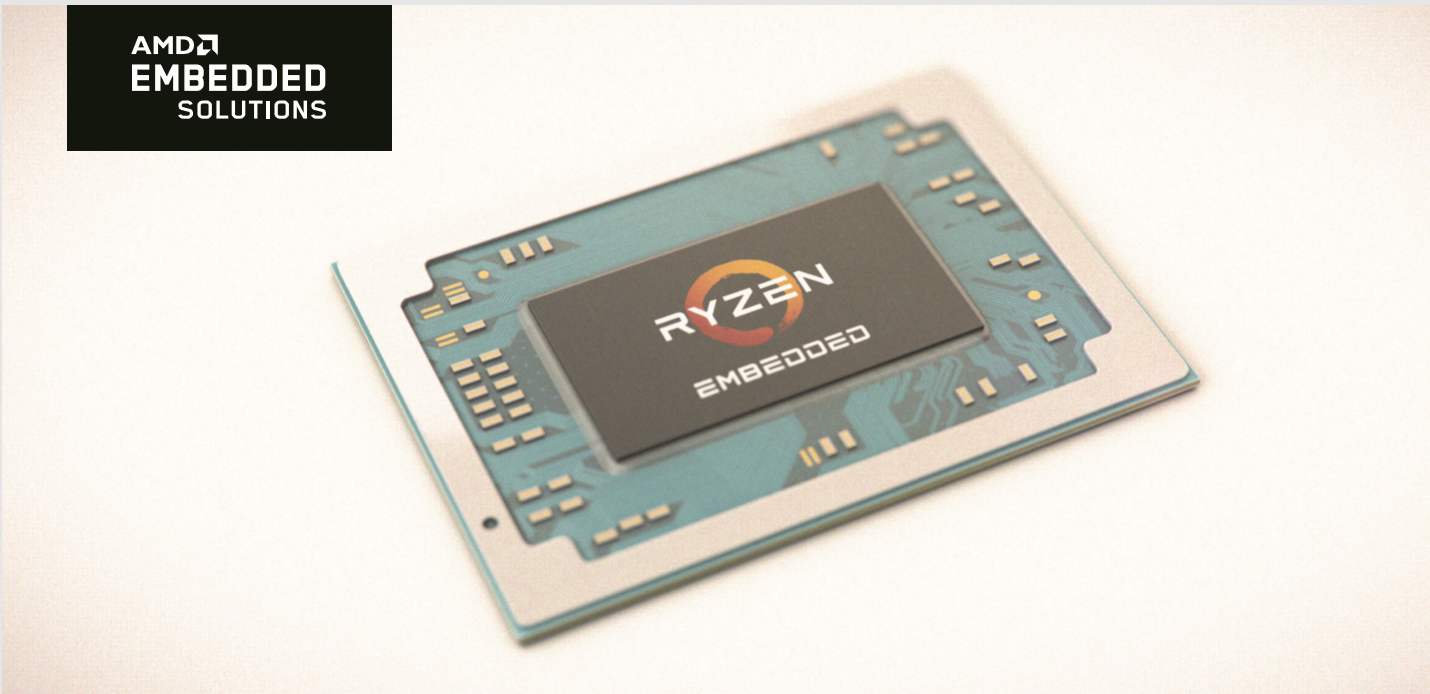
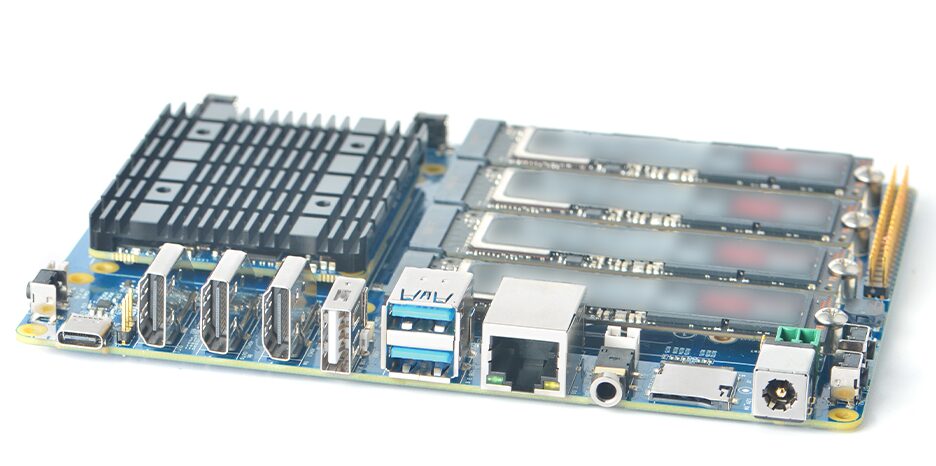
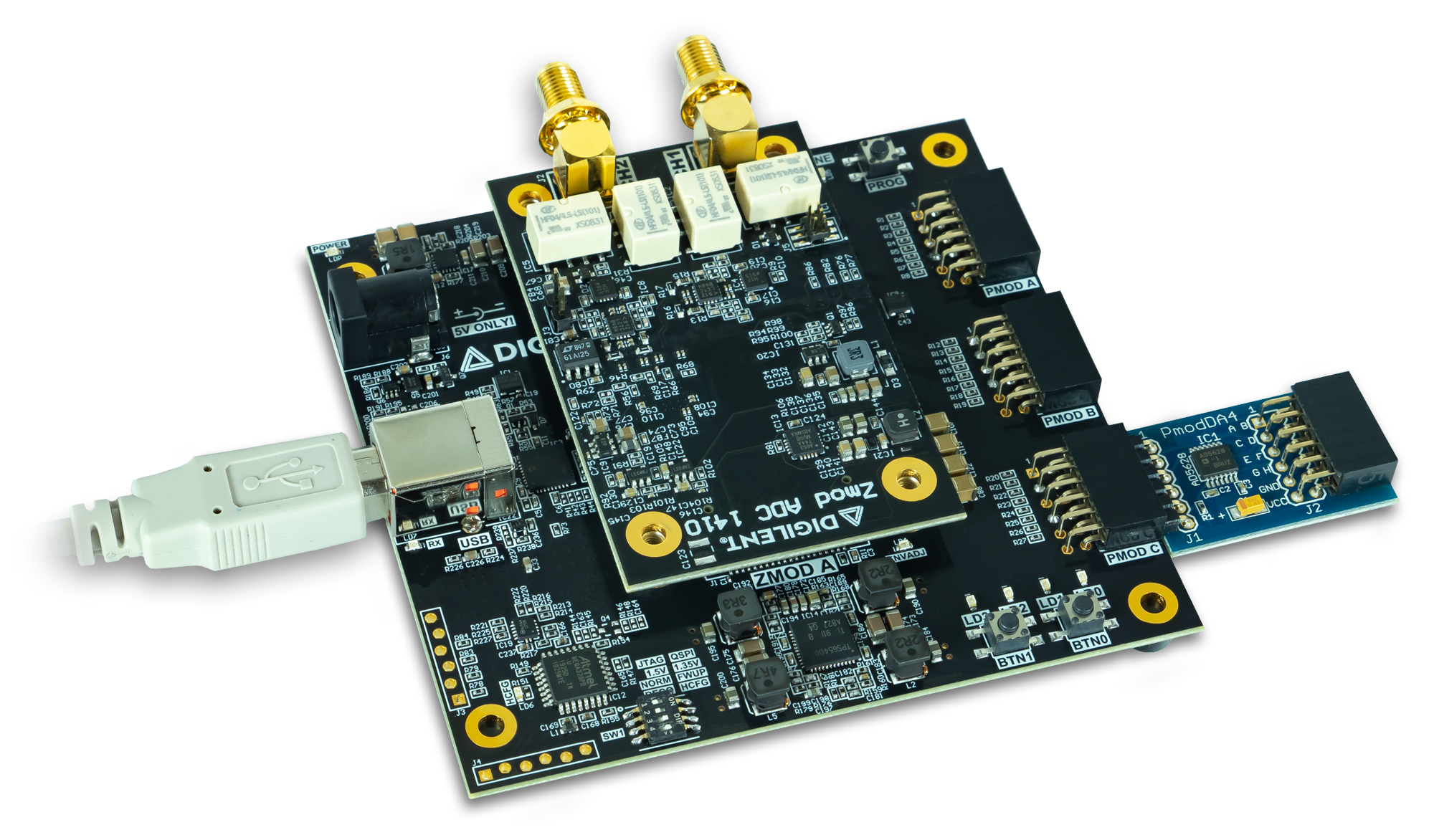
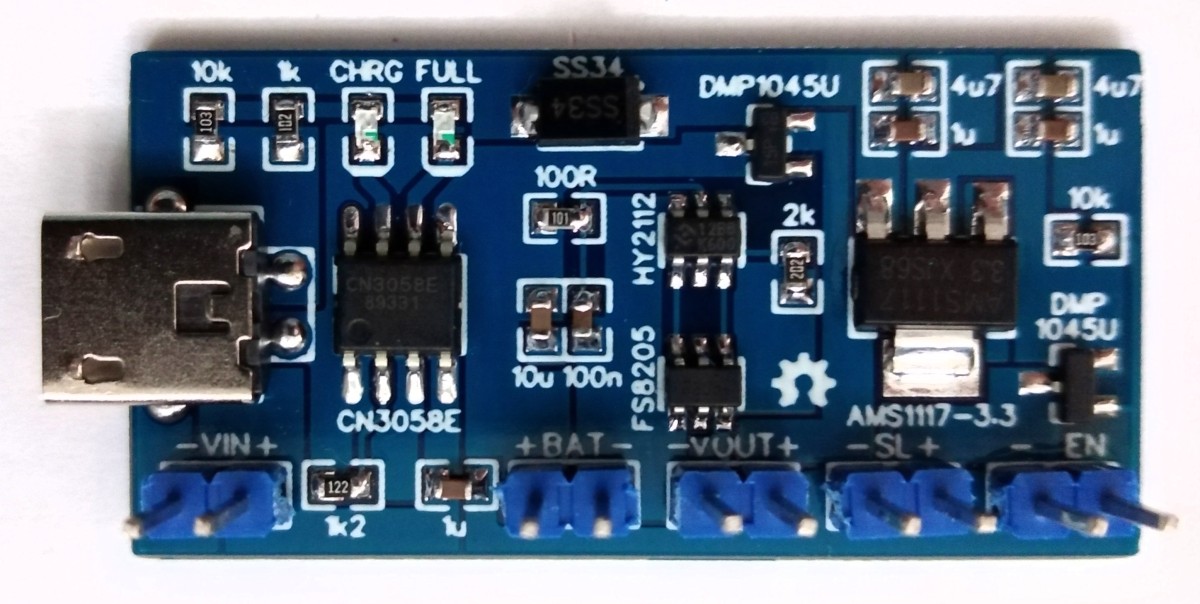
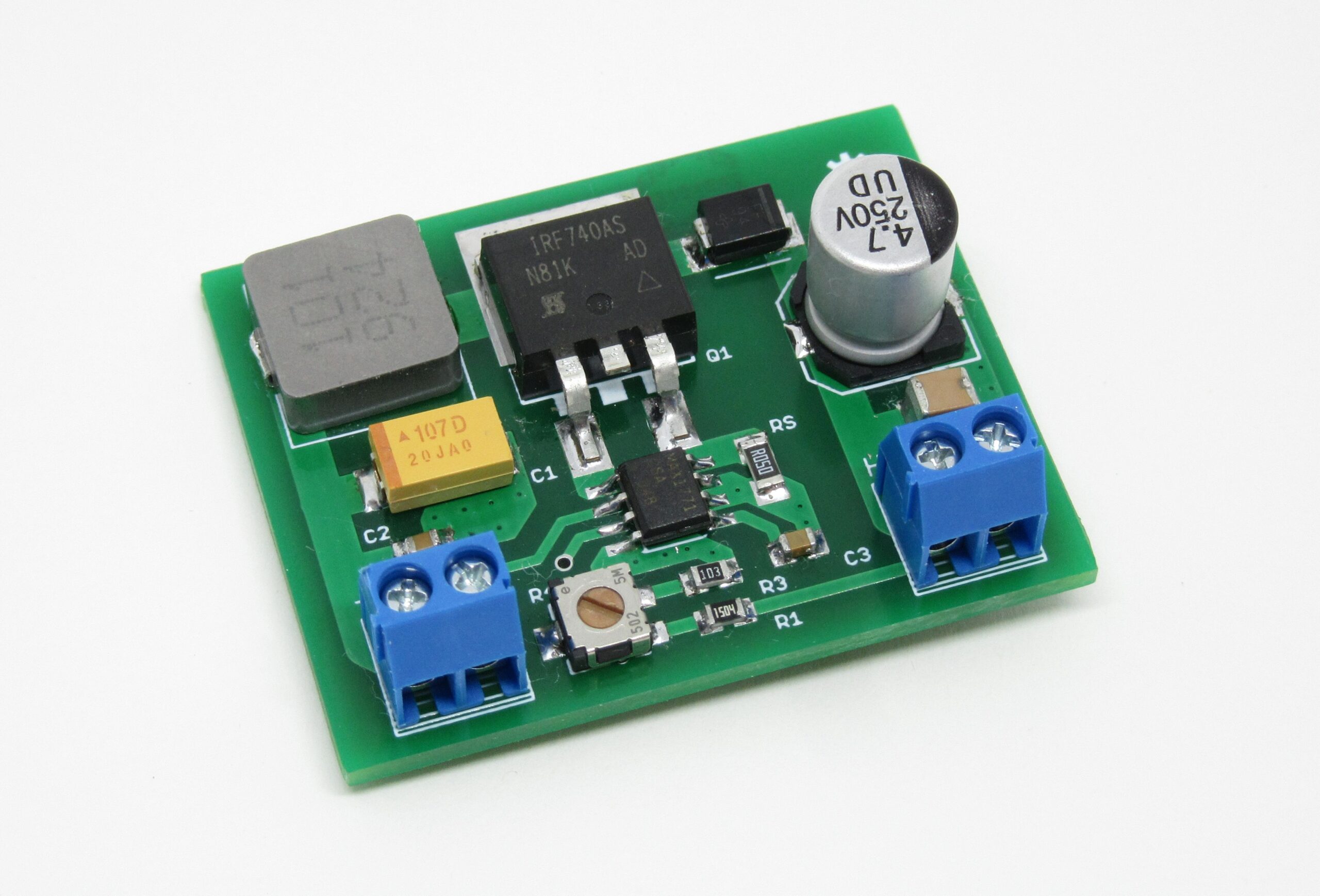





great!!! I need it